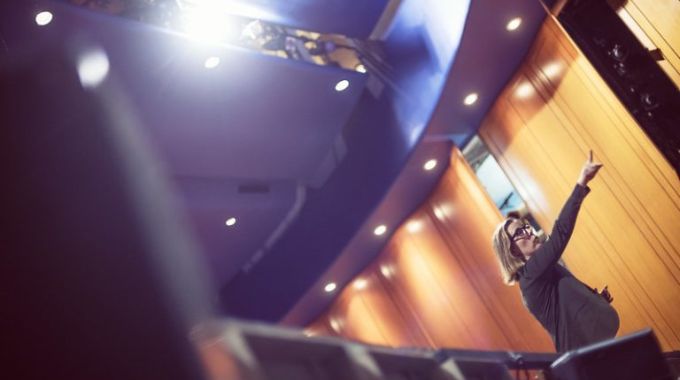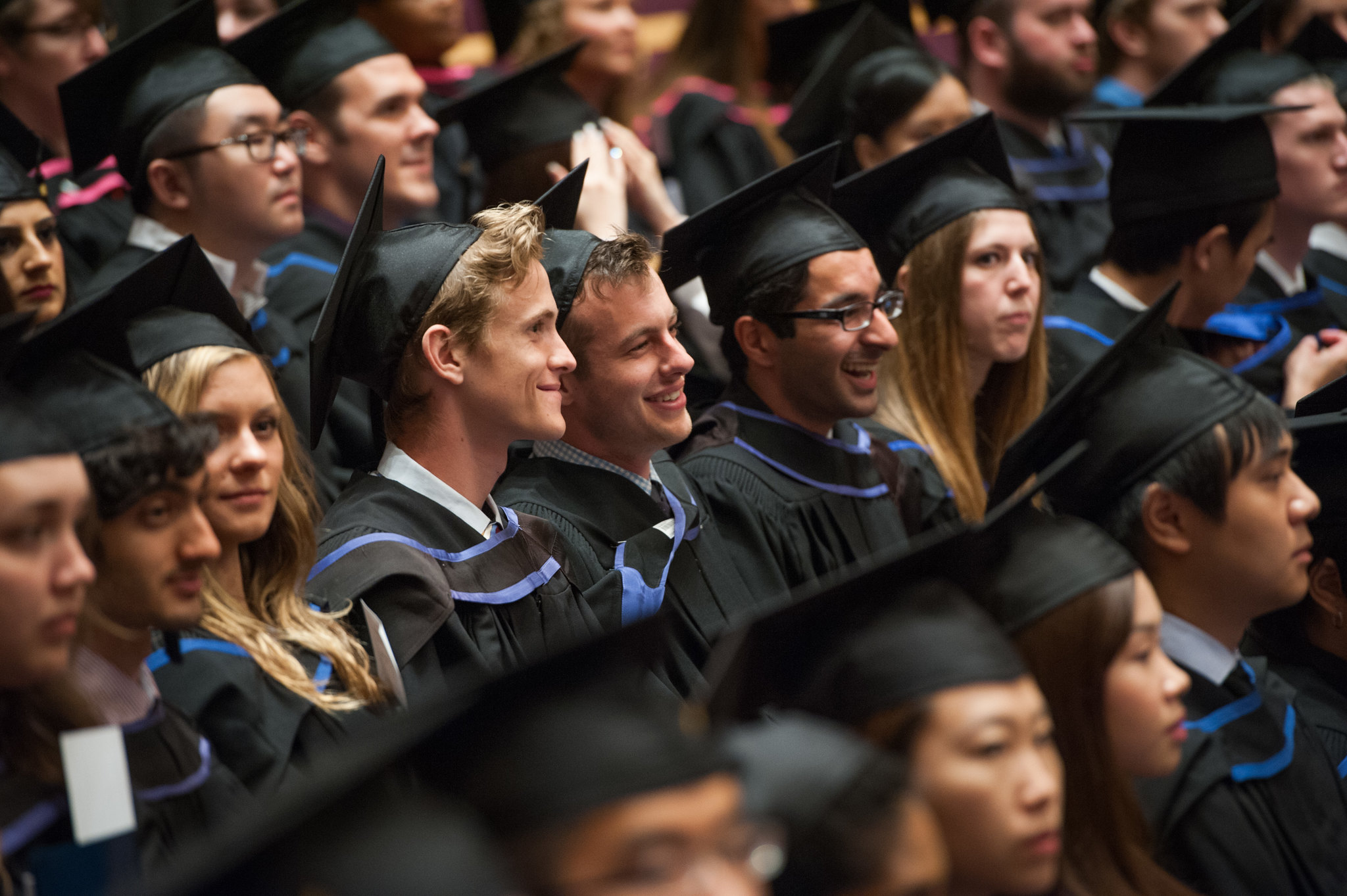Audiences and Paratexts
Following popular application of Gérard Genette’s literary term “paratexts” to film, paratexts here signifies those peripheral items emerging from and encircling a primary (filmic) text. Critically, film paratexts mediate the relationship between audience and film by shaping reputations, expectations and adding meaning to its consumption. While traditional examples of film paratexts range from movie reviews to advertisements and promotional material, digital and cultural shifts have driven new iterations, shaping modern cinematic reception and engagement. This evolving influence of paratexts on film culture and consumption demands attention, aligning with calls for media literacy in response to this proliferation of technology.
Cinephile 14.1 aims to interrogate this shifting landscape by considering digital, cultural, or historical forces mediating film reception and film culture more generally. While audience and reception studies have flourished in recent decades (Janet Staiger; Barbara Klinger; Linda Williams) and paratextual analysis has rigorously investigated fanfictions and trailers (Henry Jenkins; Jonathan Gray; Chuck Tryon; Keith M. Johnston), analysis of the interrelation of paratexts and audiences in today’s technological landscape requires further investigation.
Cinephile 14.1: Audiences and Paratexts invites scholarship that thoughtfully expands beyond the screened object to consider the meaning and meaning-making roles of contextual and paratextual factors. Special preference will be given to papers discussing film, television, and motion picture media. Possible topics can include (but are not limited to) any of the following:
- Film reception and audience studies
- Internet film cultures: blogging, social media, etc.
- Streaming sites (Netflix, Amazon Prime, Mubi, Hulu, etc.), film culture and audience behaviours
- Technology and film-watching; interactive cinema, virtual reality, 4DX, Dolby Atmos, etc.
- Film promotion: advertisements, trailers and branding
- Cultural differences in film promotion, consumption, reception
- Fandom; fan-fiction, cosplay, fan content
- Reputation and reception; movie reviews, public discourse
- Marketing, endorsements and product placements as film promotion
We encourage submissions from graduate students, postdoctoral researchers, and established scholars. Papers should be between 2,000-3,500 words, follow MLA guidelines, and include a detailed works cited page, as well as a short biography of the author. Submissions should be directed toward SUBMISSIONS@CINEPHILE.CA and general inquiries toward INFO@CINEPHILE.CA.
Submissions are due by September 15, 2019.
Cinephile is the University of British Columbia’s film journal, published with the continued support of the Centre for Cinema Studies. Previous issues have featured original essays by such noted scholars as Lee Edelman, Slavoj Žižek, Paul Wells, Murray Pomerance, Ivone Marguiles, Matt Hills, Barry Keith Grant, K.J. Donnelly, and Sarah Kozloff. Since 2009, the journal has adopted a blind review process and has moved to annual publication. It is available both online and in print via subscription and selected retailers.
Incoming editor: Jemma Dash
http://cinephile.ca



